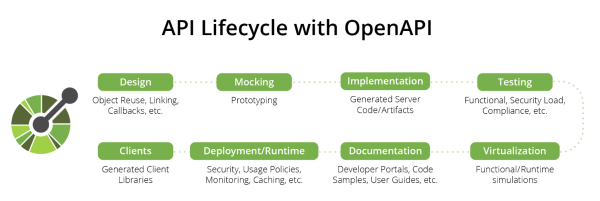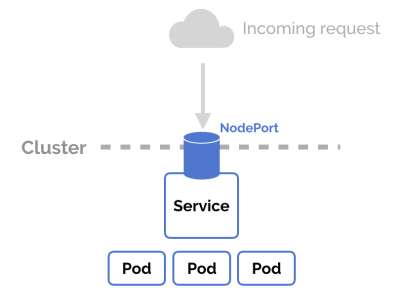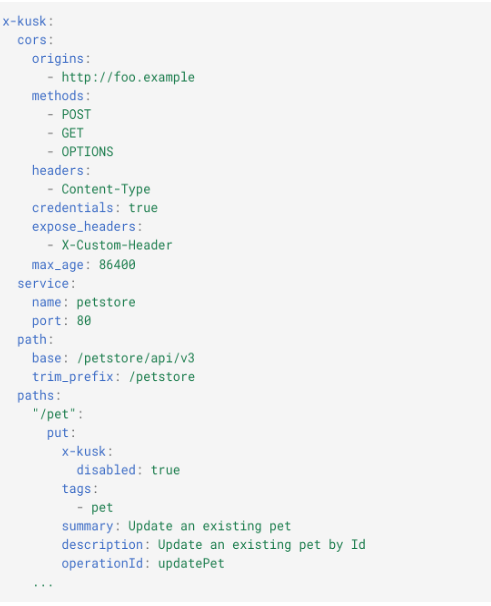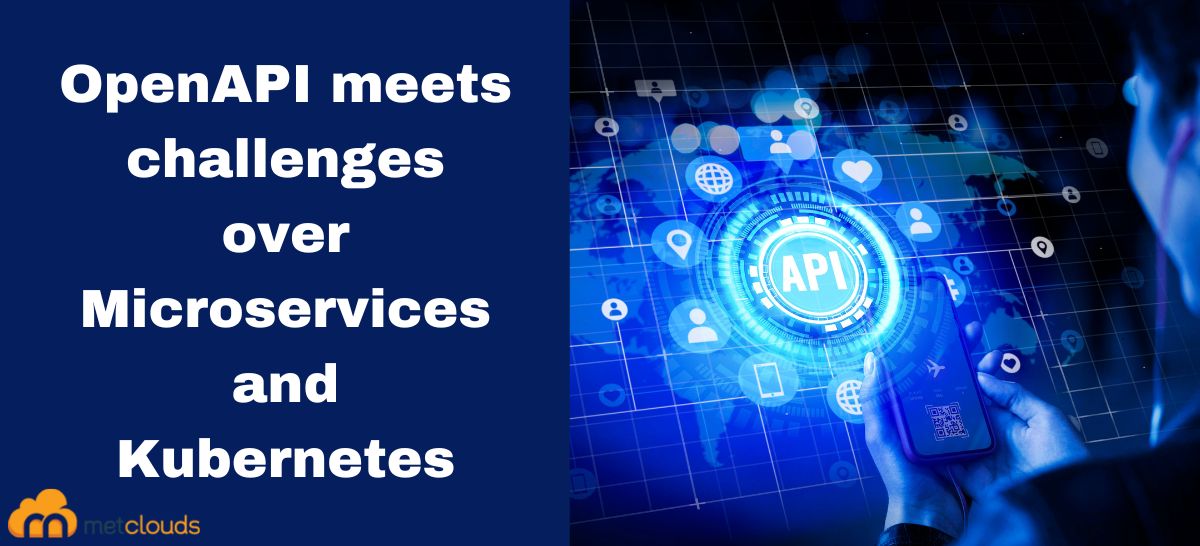Kubernetes and Microservices are the latest trends between business enterprises for themselves to be agile and manage workloads efficiently. Microservice is a method for developing software that focuses on single-function modules with well-defined interface agile operations. Microservices use Kubernetes for automating deployment, scaling, and managing. As a result of using Kubernetes and Microservices, there are challenges over their functional and operational consistency. OpenAPI meets challenges over Kubernetes and Microservices and can be used publicly by customers. OpenAPI helps Microservices and Kubernetes to achieve functional and operational efficiencies.
Let us go through OpenAPI, Microservices, and Kubernetes Ingress in detail.
OpenAPI
OpenAPI is an interface between applications that can be used publicly by software developers, and OpenAPI is also known as public API. Open API Specification (OAS) is a specification for a language-agnostic interface to RESTful web services. Applications implemented by OpenAPI automatically generate source code, documentation, and client libraries. The OAS allows both computers and humans to consume and understand service capabilities without the knowledge of source code, documentation, client libraries, or network traffic inspection.
The diagram below explains the OpenAPI lifecycle.

Monolithic to Microservices with API
Application Programming Interface is a software interface for different computer programs to communicate with each other. API facilitates connections and communication independent of implementation details. Development in API led to communication between loosely coupled services of microservices. Microservices benefit from DevOps consulting services for deploying single-function modules and becoming more agile. The benefits of microservices are:
- Simple deployment
- Reduced complexities
- Reduced dependencies
- Reduced communication requirements
- Quick isolation of defects in tests and services
Microservices is a layered architecture with self-contained pieces of services that has clear interfaces and internal components. Unless a single computing network like monolithic applications with single code builds and deploys an application. So here, even for a minor change, the entire code has to be altered. To overcome these DevOps consulting services, use microservices for continuous deployment, scaling, and maintaining applications. Most organizations with an API strategy will deliver API in the journey from monolithic to microservices. Diagram describes the process

Microservices are for applications that use container deployment. Kubernetes is an open-source platform for container management that uses microservices. Nodes are the machines for container deployment. And a set of nodes are called clusters. Kubernetes uses Ingress as an API object for managing external access to the services in a cluster.
Kubernetes Ingress
Ingress describes incoming traffic like HTTP and HTTPS routes into the services inside the cluster. Routing rules are to control the traffic. Ingress configuration is to:
- Give services externally reachable URLs
- Load balance traffic
- SSL/TLS termination
- To offer name-based virtual hosting
The below diagram explains how traffic sends to a service.

The pods in the cluster are called Ingress controllers. Ingress resources can work only by running the Ingress controller. Ingress controller reduces the complexity of traffic routing. They resemble the API gateways. Ingress controller reduces the complexity of traffic routing. They resemble the API gateways.
Challenges over microservices and Kubernetes
Kubernetes Ingress has the nature of self-declaration, which will guide it to its configuration. Ingress specification describes these configurations, but ingress specification lacks many features to expose API in production settings. Interoperability is another challenge of Kubernetes that will affect the deployment of clusters. Also, Kubernetes will not work well in production as in development.
In Microservices, the number of services may affect communication barriers. And for developers to face complexity in load balancing, that may result in poor developer experience and inconsistent API quality.
OpenAPI to Overcome the Challenges
With OpenAPI, a user having minimal logic can understand and interact with the remote services. Likewise, stakeholders can communicate effectively with the API services. Design-first approach can improve the functional and operational aspects of services. In design through deployment, individuals speak the same language and the tools they use to leverage the same API. And this ensures that humans and machines can understand the final product.
Cloud-native environment enforces standardization of API design. SwaggerHub helps in the standardization of API design. SwaggerHub and x-kusk extension from Kubeshop combine to give a single source for running Kubernetes API. x-kusk extension supports API directly with OpenAPI. It is possible to specify Timeouts/retries, CORS, Disabling paths/operations, Mocking, Validation, and Cluster-specific properties. Given below is a sample x-kusk extension for OpenAPI.

Swagger API editor is used to configure Ingress routes and other operational specifics. SwaggerHub and Kusk Gateway workflow is as follows:
- Design API in SwaggerHub.
- Use SwaggerHub standards enforcement to ensure x-kusk extensions are in the correct position.
- Use SwaggerHub GitHub integration to sync validated definitions.
- Use CI/CD to automate the deployment of the API definition to the Kusk gateway.
- Publish and consume applications.
Conclusion
The design-first approach of OpenAPI can provide functional and operational consistency. The operational API aspect guarantees quality in the developer experience. OpenAPI leads to consistency in API quality. Thus OpenAPI meets challenges over Microservices and Kubernetes.
Our DevOps professionals can help you to overcome operational and functional consistency with OpenAPI.


